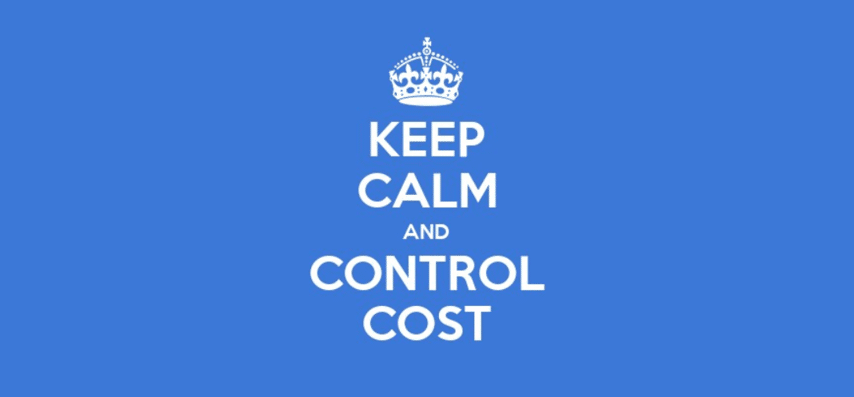| Investment cost matters, and more than you would think. But not in the way it affects other goods and services. Since childhood we are told good things cost more i.e if you want more, you have to pay more. The underlying principle is that you get what you pay for. After all most of the tangible things, we can see around us follow this principle. You need that Merc with the top of the line features and the embellished interior – you have to pay more than what you pay for a Toyota. Ditto for that mechanical watch with complications galore, it will cost you a lot more than a digital watch.
No wonder that when we grow up and we encounter investing cost for the first time, we use the same principle. If we are paying more to our broker or distributor or portfolio manager as investment cost, we are going to get more returns back. That somehow the tangible service we can see, pick up a cheque from home, deliver portfolio reports at home, calls about new investment opportunities etc will translate into better returns as well.
Of course, when that doesn’t happen we are disappointed. A lot of our investors come to Kuvera after being disappointed by failed promises of brokers and distributors, both online and offline.
Investing it turns out is different in two critical ways.
1/ It is not tangible. You pay the higher fees with the expectation of higher future returns. The expected higher returns may or may not crystallize, but the cost has to be born today. You are in effect paying for the promise.
2/ It is not repeatable. Not a single factor – past returns of the manager, where they went to school, what style of investing they prefer to have any bearing on the probability that they will beat the market the next year. Look at the two biggest start fund managers of 2000s and see their performance in 2010s.
For investing the lower your investing fees the higher returns you get to keep for yourself. In their research note “Shopping for alpha: You get what you don’t pay for” researchers at Vanguard looked at many factors — cost, fund concentration, turnover, fund size, and past performance—to determine which, if any, help indicate higher subsequent performance. They finally note,
We find cost to be clearly the most significant indicator of future alpha, with lower costs leading to higher returns, on average.
In his paper “The Cost of Active Investing” Prof French of Fama-French fame concludes,
Averaging over 1980 to 2006, I find investors spend 0.67% of the aggregate value of the market each year searching for superior returns. Society’s capitalized cost of price discovery is at least 10% of the current market cap.
That’s a very high price to pay for non-performance. |


